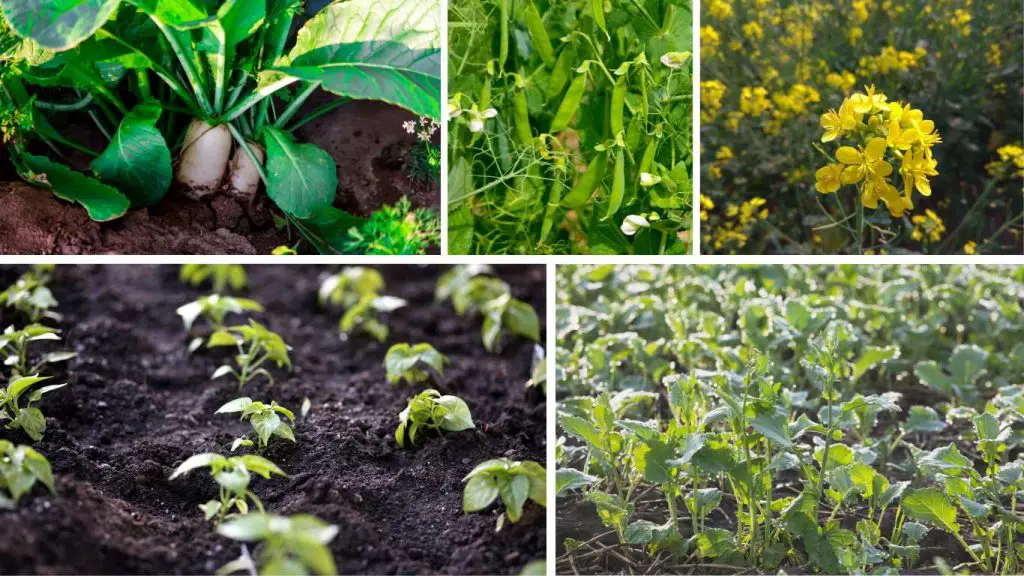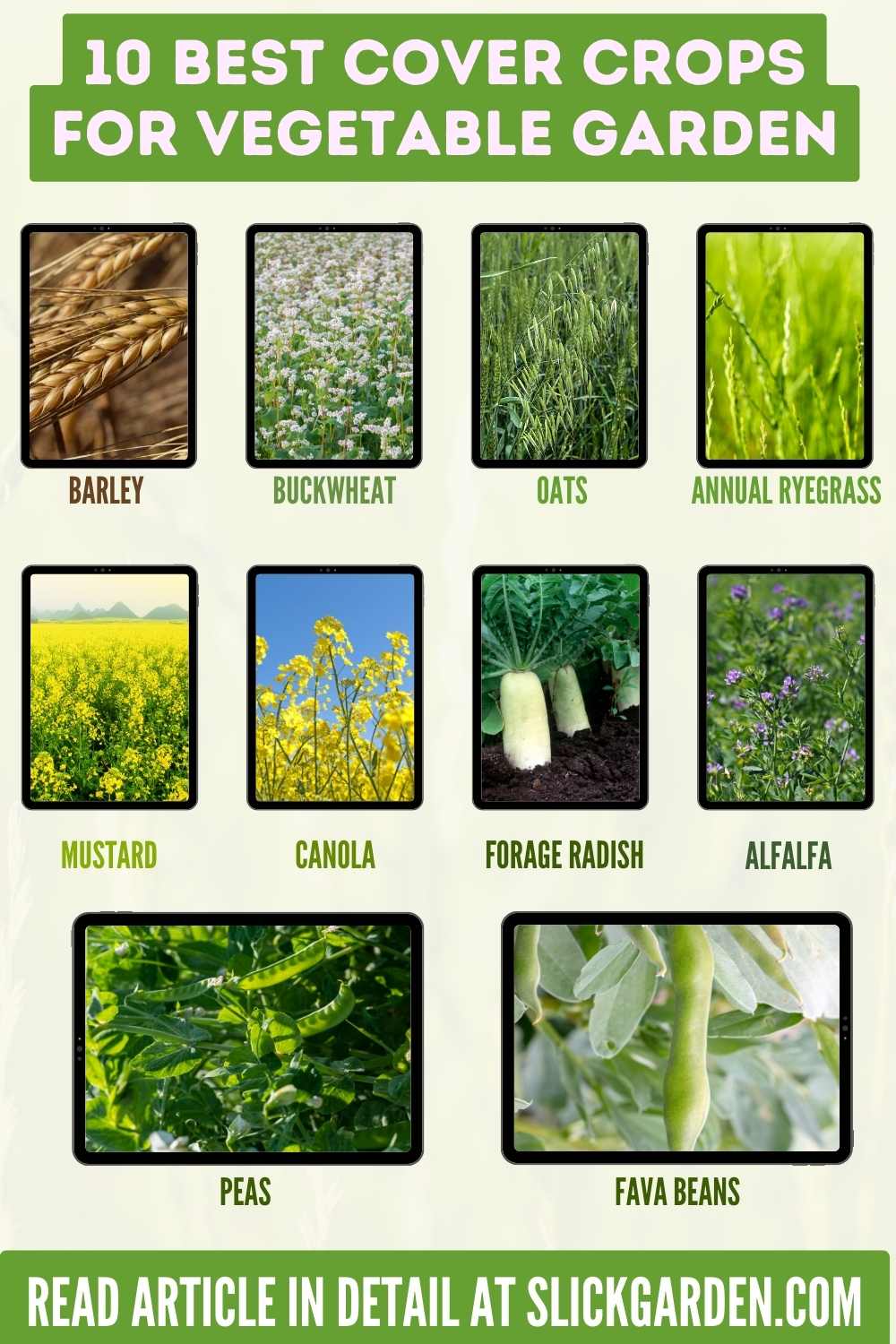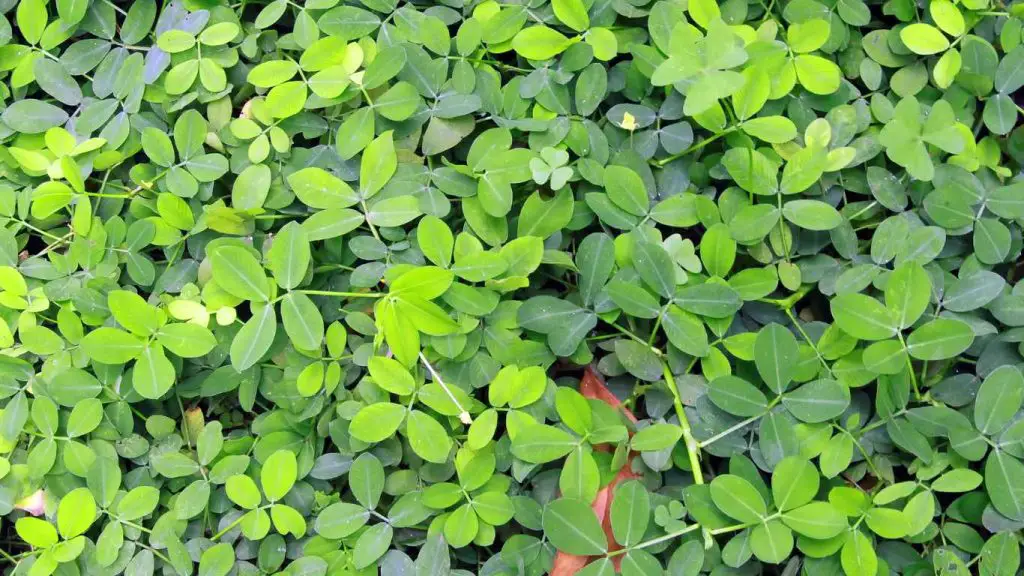Cover crops help to manage the erosion, fertility, drainage, and quality of the soil. Cover crops are not grown for harvest but they help to control the pests, weeds, and different diseases that are a big problem for you.

Microbial activities are essential for making the soil richer so you can add them to your vegetable garden. Their presence has a positive effect on the yield of your vegetable crops. Cover crops are not grown for harvest but they
Benefits Of Cover Crops
You can grow to cover crops to achieve multiple functions in your vegetable garden. Following are the few benefits that you will get.
TO HANDLE SOIL EROSION
Soil erosion is a big problem for your vegetable plants. Soil erosion is slowly creating an alarming situation. The main cause of soil erosion is heavy rainfall. The productive capacity of your vegetable crops will be reduced because of soil erosion.
Cover crops help you to improve the structure of the soil and protect the soil surface. When you grow cover crops they will reduce the velocity of the water movement. In the next few years, your soil will become more rich because they will increase this soil porosity.
MANAGE THE FERTILITY OF THE SOIL
Fertility of the soil is very important for the healthier growth of your vegetable plants. You have to maintain micronutrients and macronutrients in the soil.
Leguminous are green manure crops that help to manage the nitrogen level in the soil. If you want lush green growth in your vegetable plants then you must focus on maintaining the nitrogen level in the soil.
Lentil, beans, alfalfa, and set pods are included in this group of crops. These cover crops help to manage the quantity of nitrogen and fertilize your soil for the next main crop in the growing season.
HELP TO IMPROVE THE QUALITY OF SOIL
As you know organic matter helps to improve the quality of the soil. By growing cover crops, You will increase the amount of organic matter in the soil.
They will also provide a perfect habitat for useful fungi and bacteria. The improved soil structure makes it more aerated and moist. The foundation of a healthy and protective environment for your vegetable plants depends on the high quality of the soil.
As you know soil is the growing medium that provides the essential requirements for your plants. By growing healthy cover crops you will improve optimum conditions for the vegetable plants to flourish.
HELP TO MANAGE WATER LEVEL IN THE SOIL
The next benefit you get from cover crops is reducing the rate of water that drains off from the soil. Cover crops help to form the pores in the soil that give the way for water to filter throughout the soil.
Cover crops make the soil more moist. You can also use them as mulch to maintain the moisture level within the soil. They reduce the evaporation from the soil.
HELP TO MANAGE WEEDS
Weeds are unwanted plants that steal nutrients from the soil. As a result, there is a combat between the plants and the weeds for nutrients, light, and space. Cover crops help to reduce the growth of weeds.
They help to stop the germination process of weed seeds. Cover crops have a smothering effect on weeds as they will store the energy from the soil as a mulch layer that’s why weed seeds will not germinate.
Best Cover Crops For Vegetable Garden
Growing cover crops is a productive way of protecting the health of the garden soil. They will help to increase the yield of vegetable crops in the next year. Some cover crops help to fix the nitrogen level in the soil; on the other hand, grassy cover crops perform the function of green manure.

It is better to inquire about the growing techniques of the cover crops you have chosen. Following are some important cover crops that work perfectly for your vegetable garden.
1- BARLEY
You can use this cool-season cereal grain as a cover crop. The ideal time for growing it is from September to February. You should try to sow the seeds before November so this cover crop works well.
It will provide green manure that improves the structure of the soil. It will also help to control the erosion of the soil and the growth of weeds. This is a low-maintenance cover crop and tolerates cool and dry weather.
It can easily adjust in loamy, hard, and clay soil. Water logging areas could not be better for this cover crop as it cannot survive in this environment.
There are different varieties of barley found so you can research and choose that variety that can easily adapt to your region. The selection of barley as a cover crop will enhance the quality of the soil for the next growing season.
2- BUCKWHEAT
For weed suppression, you can use buckwheat as a cover crop. This crop grows very fast and blocks the sunlight from reaching the weeds and preventing them from establishing.
If you have high weed pressure in your vegetable garden then successive planting of buckwheat helps you to solve this problem. The growth of tough perennial weeds will be weakened due to the selection of work wheat as a cover crop.
Buckwheat can’t tolerate frost but easily thrive in the poor soil. Compacted and dry soil is not good for growing them.
If you just clear the land to establish a new vegetable garden for you then you must grow buckwheat as a first crop to settle the soil for other crops. The ideal time for growing buckwheat is in mid-summer.
3- OATS
Growing oats as a cover crop will add nutrients to the soil and reduce erosion. Weeds are a big problem and you can handle it by growing oats as they smother them.
The maturity time of this cover crop is 60 days which helps to aerate and break up the hard soil. The quality of the soil is very important when you are growing vegetable plants.
A cover crop such as oats helps to improve it as they increase the amount of organic matter and help to encourage the growth of microorganisms. This crop works as a green manure providing nutrients and performing the function of thick mulch to control erosion.
Related Articles:
- Everything You Need To Know About Preparing A Garden Bed For Planting Vegetables
- Vegetable Garden Growing Tips
- Dos And Don’ts Of Vegetable Garden

4- ANNUAL RYEGRASS
Organic matter is very important to fix the nutrient level in the soil. If you grow winter ryegrass as a cover crop it will reduce compaction in the soil.
Phosphorus, nitrogen, and potassium are the main nutrients to boost the quality of the soil. Your vegetable plants need all these essential nutrients for a bountiful harvest.
Deep and fibrous roots of winter ryegrass help to prevent erosion and maintain the nutrients. Another benefit you will get is the suppression of weeds due to the rapid growth of ryegrass. The tiny monsters like pests and insects are discouraged due to the ryegrass as a cover crop.
5- MUSTARD
Like barley, mustard is also a cool season cover crop. It can easily tolerate temperatures between 20 to 25 degrees Fahrenheit. This crop reduces the danger of many soil diseases and suppresses nematodes.
If you want to protect and add nutrients to the soil of your vegetable garden then you must use cover crops. Using mustard as a cover crop is a very simple and easy way to recharge the soil of your vegetable garden.
A mustard crop can be a best friend for all of your vegetable plants. It will re-energize your tired vegetable garden. Mustard seeds easily germinate and grow very quickly within 4 to 5 days.
A bare garden is an open invitation for the weeds to grow but if you use mustard greens then bare soil will not become a problem for you.
6- CANOLA
Like other cover crops, canola also helps in the suppression of weeds and improving the structure of the soil by controlling erosion. The ideal time for planting winter varieties of canola is in October when the temperature is between 45 to 85 degrees Fahrenheit.
March is the best time for planting spring varieties. Canola grows rapidly and produces biotoxins to stop the growth of weeds. It also helps to deter different pests that are a big problem for you.
7- FORAGE RADISH
The other name for the forage radish is daikon. You can use it as a cover crop for compacted soil because long roots help to break up the soil.
This cover crop performs a dual function: it will help to improve the structure of soil and at the same time provide you with great food for your kitchen. You can sow the seeds in the late summer to early fall to grow radish as a winter crop.
Forage radish helps to fix the nitrogen in the soil. They release nitrogen so the next crop of early spring gets an early boost.
8- ALFALFA
The long roots of alfalfa penetrate the soil and make it more porous. Pollinators are vital for many plants and the alfalfa flowers help to attract bees.
For cold areas, you can start planting alfalfa in the early autumn. If you are living in a warmer region then you can plant it in late fall.
This is a perfect cover crop that fixes the nitrogen level and balances the nutrients such as phosphorus, magnesium, and pot,assium. Good erosion control is a perfect function that is performed by alfalfa.
Well-drained soil with a pH between 6.5 and 7.0 is ideal for growing alfalfa in your vegetable garden as a cover crop.
9- PEAS
To improve the fertility of the soil cover crops play a vital role. Using field peas as a cover crop is a unique idea because it will add beauty to your vegetable garden. This crop produces beautiful blooms that add colour to your growing area.
The ideal time for planting field fees is in the fall. The location you choose for growing this crop must be clean by removing dead plants.
After removing all the debris, aerate the soil by tilling. After the preparation, now spread the seeds and cover them with the soil. Field peas fix the nitrogen level in the soil and suppress the growth of weeds.
Related Articles:
- High-Yield Vegetables For Small Gardens
- Are Marigolds Good For Vegetable Gardens?
- Raised Bed Vegetable Gardening For Beginners
10- FAVA BEANS
For the growth of perfect foliage, there must be higher nitrogen levels in the soil. Fava beans not only produce edible flowers and leaves but they also improve the nitrogen level in the soil.
The microbial activity, suppression of weeds, and improvement of soil texture are the other benefits that you will get from this crop. This little maintenance cover crop grows well when you plant it in the fall.
A cold environment is ideal for its growth. Fava beans can easily adjust in deficient soil and make it more nutritious for the next season’s vegetable crop.
